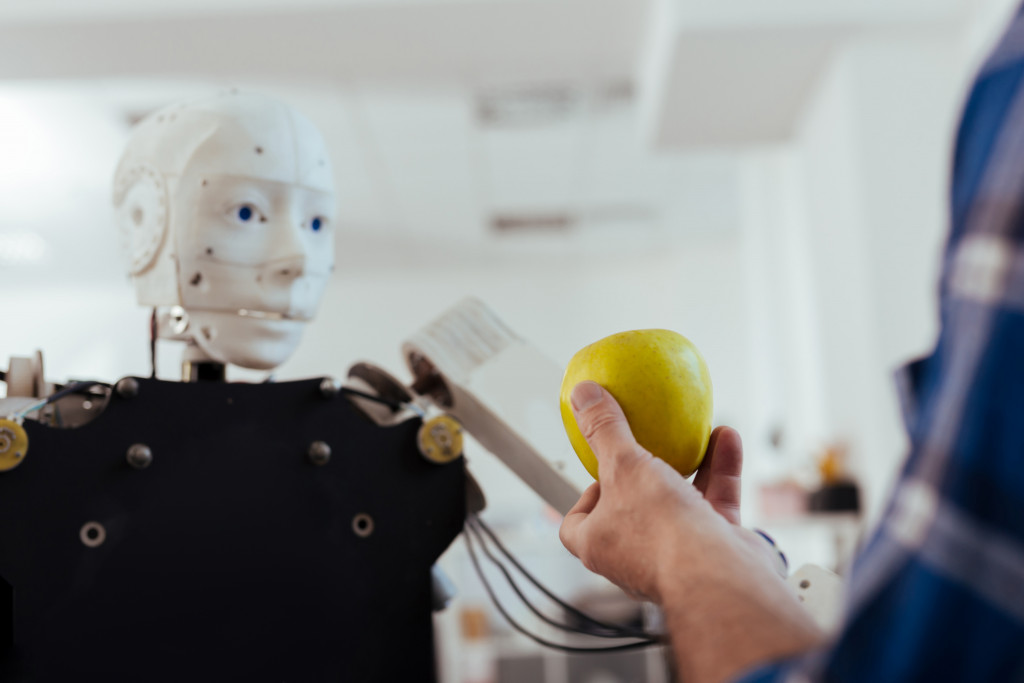Disclaimer: This website provides health information for educational purposes only and is not a substitute for professional medical advice, diagnosis, or treatment. Always seek the guidance of a qualified healthcare provider with any questions you may have.
Technology contributes so much to our lives, from making everyday tasks easier to helping us create new and innovative solutions for any problem, no matter how big or small. And that is true for almost every part of our lives, especially healthcare. Technology allows us to create new treatment plans that help us understand our bodies and medicine deeper, making treatments more intentional and effective.
Many technologies are involved in healthcare, from the machines used in hospitals to the software that helps organize doctor appointments and apps that give patients easy access to their medical records. These technologies contribute to making healthcare more efficient and, ultimately, improving patient care. Here are some ways technology is changing healthcare for the better.
Mobile Technologies and Apps
Mobile technologies like smartphones and tablets are becoming more and more commonplace in the healthcare industry. Doctors and nurses use them to access patient records, look up medication information, and even video conferences with other medical professionals.
Patients are also using mobile technologies to manage their health. There are now apps for tracking fitness goals, managing chronic conditions, and making doctor’s appointments. Some clinics and hospitals also have apps that allow patients to view their medical records and history in the comfort of their homes, which helps them be more engaged in their overall health.
Wearable Technologies
Wearable technologies are also becoming popular in healthcare. These devices, like fitness trackers and smartwatches, allow patients to track their health data, including heart rate, steps taken, and even sleep patterns. They can then share that data with doctors to help them get a better understanding of their patient’s health and potential risks.
Wearable technologies are also used in clinical trials to collect real-time patient data. These help researchers and clinicians see how treatments are working and make changes if necessary.
Robotics and Prosthetic Devices

Robotics and prosthetic devices are two technologies changing how people with disabilities or chronic health conditions live.
Prosthetic devices, like artificial limbs, have become more advanced thanks to technology. They’ve come to a point where they look more realistic and true-to-life than before, and control them with your brain. These innovative solutions help people with amputations feel more confident and independent.
Robotics is responsible for developing exoskeletons, devices that people with paralysis can wear to help them regain control of their movements. An excellent example is how it has dramatically improved occupational therapy for children. Exoskeletons can help children who have struggled to develop the muscles they need to walk and play like other kids their age. It can help them strengthen or improve areas of their mobility where they are weak or need assistance.
Artificial Intelligence
Artificial intelligence (AI) is another hot topic in healthcare right now. AI has many potential applications in healthcare, from diagnosing diseases to assisting surgeons during medical procedures.
One way AI has proven its effectiveness in healthcare is through chatbots. These are computer programs that can mimic human conversation. They’re being used to provide information about symptoms, medications, and treatments. They can also help schedule appointments and provide follow-up care instructions.
AI is also being used to develop personalized medicine. Through analyzing data from medical records of patients, AI can help identify the best and most effective treatments for each of them. It vastly improves people’s treatment experience and gives them the best possible care that’s tailor-made for them.
3D Printing
3D printing is one of the newer technologies that we see more of in healthcare. 3D printers create three-dimensional objects from a digital file, which can help make accurate molds, prosthetic devices, and implants.
The technology has helped create custom-made prosthetic devices that look and feel more like the real thing. It also allows medical professionals to print out models of organs, which helps surgeons prepare for complex procedures. It enables them to test different surgical solutions to find the best one for each patient before pushing through with any surgery.
Telemedicine
Telemedicine is a term used to deliver healthcare services through telecommunications technology. Medical professionals can do it through video conferencing, phone calls, or even email.
It’s become increasingly popular as it helps bridge the gap between patients and doctors, especially in rural areas. It gives patients more accessible access to medical care and reduces travel time and costs. Telemedicine also benefits doctors as it increases their patient load and potential income.
Virtual Reality
Virtual reality (VR) is another technology making waves in healthcare. It offers a lot of potential in the rehabilitation and treatment of patients.
VR can help create simulations of real-world scenarios, which can assist people with post-traumatic stress disorder (PTSD) or phobias in confronting their fears in a safe environment. It can also distract patients from pain for those undergoing complex medical procedures.
Additionally, VR is a valuable tool for training future doctors and surgeons. It provides a realistic way to learn and practice different medical procedures before applying them in real life.
The Future of Healthcare
Technology has drastically changed how healthcare is delivered and will continue to do so in the future. With innovations getting developed all the time, we can expect even more amazing breakthroughs to make healthcare more effective, efficient, accessible, and affordable.

